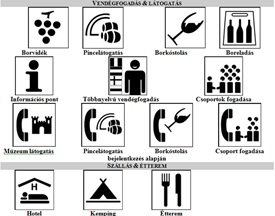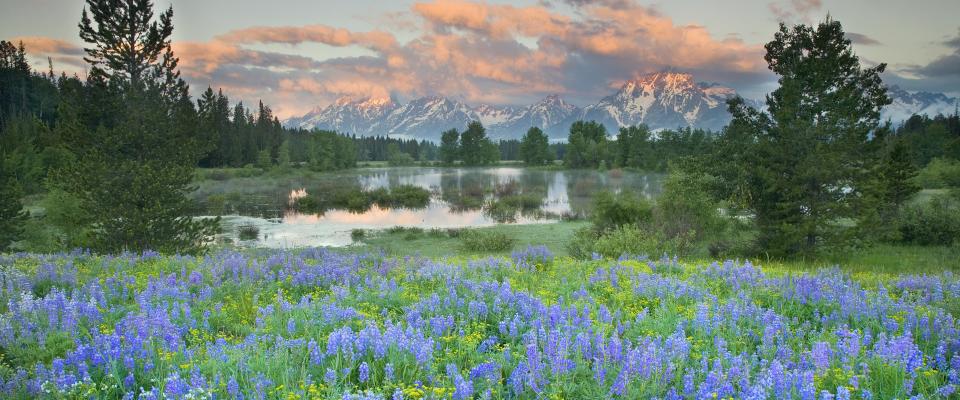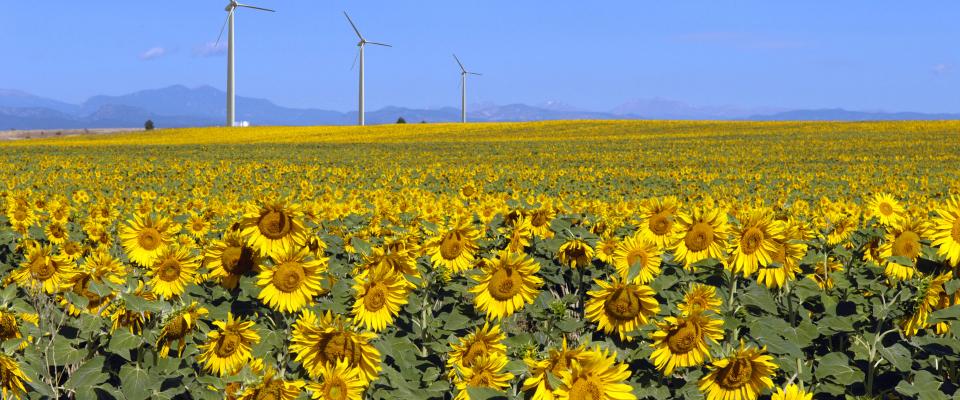CIV.5 Tourism products related to wine growing and gastronomy
The place and role of wine growing tourism are suggestively described by Dr. Várhelyi Tamás, the employee of the Wine Growing Centre, in his article published in 2012 on www.turizmusonline.huwebpage. „The wine growing tourism presumes a travel motivated by wine tasting, wine drinking and learning the wine producing processes. The cellar visits, wine tastings and the wine related events are more and more successful and wine growing tourism contributes to the development of tourism. The national importance of wine growing tourismis related to several factors.Hungary has important tradition in the wine growing field, but is almost unknown on the world’s wine market. It is more successful as a touristic destination than a wine exporter. That’s the reason why using the advantage of wine growing tourism could be the most efficient way for wine marketing, for making Hungarian wine known. This will have a positive impact on tourism because it enlarges the touristic offer. The wine growing tourism contributes to the development of other touristic branches as well. It strengthens the quality gastronomic supply –quality restaurants open in a row from Badascony to Mád. Exquisite hotels open where the spa services also rely on the products made from wine and grapes. Hungary has more wine-spa hotels, comparable to the international offer in this field. These spa-products offer the following opportunities: developed in a complex tourism product and trademarked, they can become important touristic export products with marketing value, which would be able to promote the wines, the wine growing tourism and Hungary’s leading touristic branch, the health tourism. It is obvious that wineries on their own are not able to determine the development and cannot compete with the classic spa-products, but blended with eachother can produce beautiful results. If more complex networks would be born, then the relationship between wine tourism and other touristic branches could be closer, the tourism of the region could be more successful because maybe the most important criteria of the touristic success is the development of a complex offer. The wine growing tourism can be combined, besides gastronomy and spa, with other touristic branches as well: the organized excursions or the growing number of wine museums. One natural necessity is the proximity of a quality public bath. The wine tourism is able to lead the growing of local brandy tourism, where similar processes take place.
The special role of wine
Wine has a distinct position between drinks. This is due to several factors: special raw material, the specificity of the grapes, traditions, historical customs, the necessary know-how for the producing, the big quality differences, the great variety, the matching relation with gastronomy. There are special conditions necessary for wine growing and producing: the proper climate and soil, the wine storing and maturing is taking place in special cellars. Usually wine is produced in rural regions, so the interesting way of life with its special handicrafts and the knowledge of the winemaker are other points of interest for the travellers. All these elements present in a wine’s place of origin represent attraction forces for the wine loving tourists.
This is especially truewhen thisregion:
- Is the productionlocation of famous, goodwines
- Has beautifulnatural surroundings
- Is a traditional,virgin region, with specific touristicinfrastructure(e.g.winecellars, winetaverns)
- Interestingeventsare organized(obviouslyone of themost interestingis the grape harvest).
If the areahas furthersignificanttouristattraction forces, then potentialvisitorsare, of course, more likely tochoose this one as their destination. Iftheprimarymotivation ofthe trip is the wine, thenwe can talk aboutwine tourism. Because the above-mentioned aspectsmaybesufficientmotivators, a pure form of it can also be observed. However, the primarymotivationcan be different and thewinetourism offer comes to complementit nicely. Thewineis aspecialproductthat is part of localhandicraftculture,mass cultureandpart ofhigh culture due to its producers andconsumers.
Wine production can be made at large-scale, butin the case ofhigh-qualitywines, the traditional, handicraft-like grape processing and winery is more prevalent. In addition to thequality wines, thebottom of thepyramid ofwineproducersis consisting ofthesmallfarms, in themosttraditionalwine-producingcountries.These farmsarealso interesting tourbanpeople, butthehandcraftedwinemakingis thenumber onewinetourismattraction force.
The consumption of wine is part of mass culture. There are many typesof this, but it is clear that everyone is familiar with wine, and large groups areloving it. In the industrialized world, the wine mass culture is tied to the consumer's residential territory, and represents especially the consumption in restaurants or at home. However, these things create the demand for wine tourism, for visiting the production sites and the wine cellars.
Thediversity ofwinetourism
A summaryof certaintypes of tourism connected directly orindirectlytowine-tasting are listed below:
- Cellar visiting, wine tasting (including wine consumption incellarsand quality wine tasting )
- Creation of the wine route, wine tasting tour
- Winemakers’ accommodation
- Wine taverns in wine regions
- Linking wine tourism with other branches (e.g.wellness)
- Wine Festival
- Grape harvest, harvest festival
- Wine evaluation, wine market for merchants
- Travels organized by civil and professional organizations dealing with wine
- Gastronomy
- Wine evening, with cultural program, wine ball
- New wine (Beaujolais, St. Martin's day)
- Wine Academy, education.
Most of thesewinetourismtypes canbe associated withgastronomy. An essential element of a special gastronomiceveningisthepresence offoodmatchingwines, but these events aremostlyorganized for local residents, rarelyare a touristicevent.Throughwinetourism,thematchinggastronomicproducts can be presented to the tourists.It should bepointed out thatmore and morewinefestivalsserve also as presentation of event locations.In summary,it can be statedthat winetourismis developingfortunatelywith bigstepsin Hungary, butexactly because of thisaspect manyunexploredpossibilities appear, andcan be muchbetterutilized than today.Among themwe can highlightthe development ofspaproducts,promotenetworkinganddevelopment andmarketing ofthecomplex tourism products and their joint distribution. (source:turizmusonline.hu)
Through the connecting of wine-producingregionsandthermalbathservicesin Szabolcs-Szatmár-Bereg county,combined tourist productscan be set up, which could besuccessfullypositionedamongtheguestsinterested in wine tourism. Nyíregyháza’s bathing culturewith rich tradition and the spabathshavereachedan operating profilewhichcan be well integratedin awine-based complexservice package. “Thebaths offers attractiveleisureandadventure, unique experiences,thesupply of the multi-functionalspaisin line withthe region’sbath culture,family activitiesare organized, the collective relaxation and recreation of more generationsisassured.” (Source:www.termalfurdo.net/furdo/aquarius-elmenyfurdo-nyiregyhaza)
Relevant webpages: http://termalonline.hu/furdok/nyiregyhaza-julia-furdo, http://www.sostort.hu/hu/furdok/hotel-furdohaz
TheTokajwine regionis located only 32km from Nyíregyházaand carries many potentialopportunities for the meeting of wine andspaculture. (seewww.tokajvilagorokseg.hu)
TokajWorld Heritage Areaincludeseightvillages(Bodrogkeresztúr, Bodrogkisfalud, MádMezőzombor, Szegi, Tállya, Tarcal, Tokaj)andsixWorld Heritageobjects (Uzhgorod cellars(Sátoraljaújhely), Rákóczi cellars (Sárospatak), Gombos-hegyi cellars(Hercegkút),Kőporosicellars(Hercegkút),Oremuscellars(Tolcsva) and the Wine MuseumcellarsinTolcsvai(Tolcsva)). Together with theprotectedarea, they build a cultural landscape, whichhas a totalof 88.124hectares.
The areawasthe firstclosedwine regionin theworld, theRoyal Decreegiven in1737listed thevillages whose surroundings had the proper conditions for the planting of the wineyards suitable for the production ofTokajwine. The fact that the wine growing traditions were traditionally maintained for over the last millenium and the unity of the territory were the most important reasons to declare this wine regiona world heritage site. (source:www.tokajvilagorokseg.hu)
Otherpotential-loaded option is topresent Szabolcs-Szatmár-Bereg County’sbrandyculture. One of the mainplayers inthesectoris TarpaHungarikumManufaktúraLtd. (www.tarpa.hu). The companyis dealing with the production and distribution of traditionaljams,bio-jamsandbrandies, ripened brandies and bio-brandies.
“Tarpais the most fruitfulplacein Szatmár. A few have arable land,oftencovered with floods...thelocals are involved in fruit carrying instead of ploughing, and it brings them niceprofit. "- says a writing from1755. The locals from the villagesituated on the shoreofTisza River, with a history of1000years, were using home-madedevicesfor the processing of thefruits. This way theplumjam,plumbrandyor the juicynuts from Szatmár becamefamouscenturiesago.Thefame,ifslightlyfaded, survivedto the present day. In the lastfew decades, a part of thefruittrees were cut out,theprocessing toolswere destroyed, the persons who knew the traditionalrecipes aged ordo not liveany longer. This situationhas led tothefounding ofTarpaHungarikumManufaktúraLtd in1996andtheconstruction of theplant. Thevision of thefounderswas todevelopa manufacturingprocessbased on the traditionalrecipes, whichused raw materialstypical for the region – plums, walnuts, cherries,acacia-and produces high-qualitymarketable products. (source:tarpa.hu–Company historyandbrandstory)
TheSzatmár-Bereg Palinkaequestrian order from Tarpa is also important. Thetradition maintaining organizationwas founded in November2005in Tarpa. The founders of theassociationwere originating frommanyareas, there were among them somebrandymakers,journalists, mayor, museumdirector and traders.The things thattied themtogetherwerethecommitmenttowards Szatmár-Bereg, the respect for thetraditions,the regaining of the image of plum andapplebrandy and the continuous improvement of the brandy’s quality. The statute of the organization was adoptedin parallel with the founding and it set outthe duties of theassociation.(source:www.szatmaripalinka.hu)
Threeceremonies wereheldannually:
- ThePlum BlossomFestival inTivadar, in spring
http://www.szatmaripalinka.hu/lovagrend-rendezvenyei/a-szilvaviragzas-unnepe.html - The PlumDays of Szatmár-Bereg – TheFestival of new brandy in fall, in Tarpa
http://www.szatmaripalinka.hu/lovagrend-rendezvenyei/szilvanap-uj-palinka-unnepe.html - TheLuca Day Brandyfestivity in winter, in Nyíregyháza.
Thesignalsystemfor the classification of wine routes

(Guest reception & visits
Wine Region/ Cellar visiting/ Wine tasting/ Wine selling
Information Centre/ Multilingual Guest Reception/ Group welcoming
Museum visiting/ Cellar visiting/ Wine tasting/ Group welcoming
Accommodation &Restaurants
Hotel/ Camping/ Restaurant)







